Forged Aluminum Motorcycle Piston
Introduction to Motorcycle Pistons
Motorcycle piston is an important component for generating power in vehicles and work under high temperature and high pressure conditions. It is also a critical component in maintaining normal workflow.
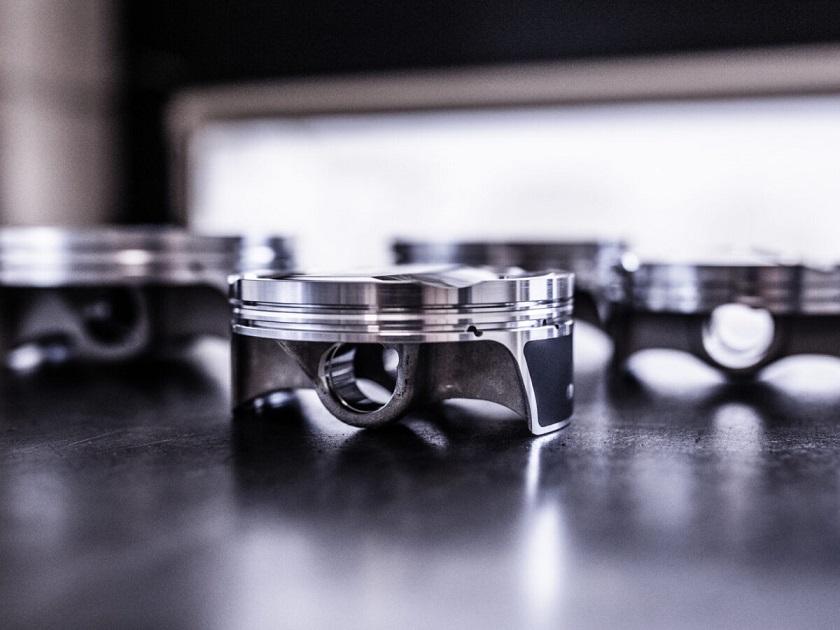
For the same designed motorcycle pistion, there are three manufacturing ways, casting, forging and CNC machining. Casting is a manufacturing process that forms the piston by pouring liquid metal into the cavity of a mold. Forging is another manufacturing way that creating pistions by pressing solid billet into dies under high pressure. For CNC Machining, it produces motorcycle pistions by removing material to form the shape under CNC Machines. The machining process will exactly follows the designed machining procedure. Among all these processes, forged motorcycle pistions are stronger, and they are always used for middle and high end motorcycle production.
CFS Forge is the top leading aluminum forging manufacturer in China, we have rich experience in forging aluminum pistons for motorcycles. So, we are very familar with the whole manufacturing process of forging aluminum motorcycle pistions. Now, let's introduce for you in detail.
Forged Aluminum Motorcycle Piston Manufacturing Process
Like other forged aluminum motorcycle parts, the manufacturing of forged aluminum motorcycle pistions involves several steps. At CFS Forge, each step is strictly finished and inspected before proceeding to next step. So, the quality of forged pistions is always excellent, and we do not allow any mistakes during the whole production process.
1. Billet Selection
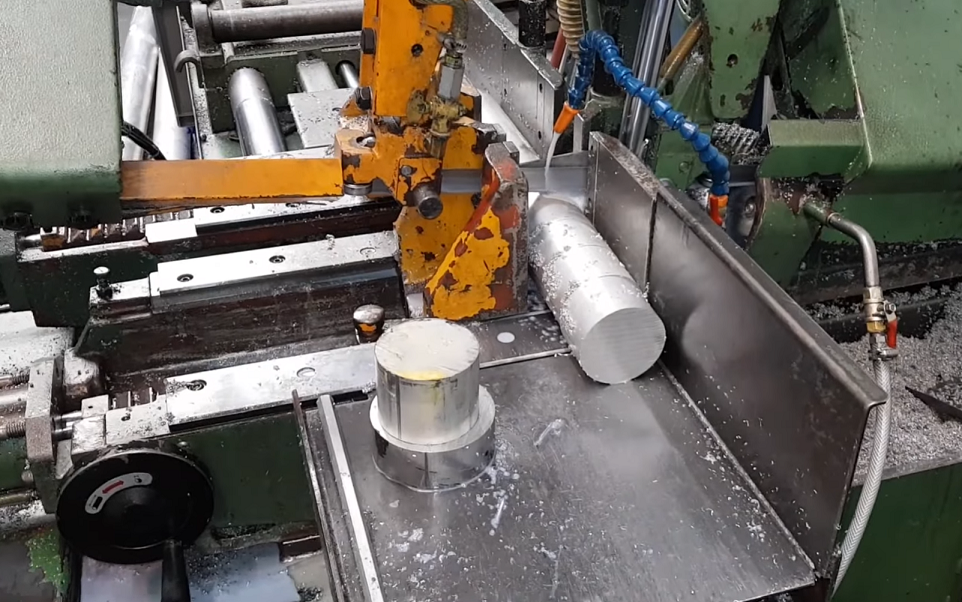
Billet selection is the first step for preparing the manufacturing process. As the raw material of the pistions, the billets are ordered following the specific aluminum grade and the size specification. The common material grades for forged aluminum motorcycle pistions are 2618 and 4032 alloys. But we mainly order the aluminum alloy grade according to our client's requirement.
2. Heating the Billet
After preparation of billets, they are cut to a desired length, and then heated in a heating furnace to a certain temperature. To ensure the billets forged without breaking, the temperature should be carefully controlled during the heating process. Too high or too low temperature is not feasible.
3. Forging
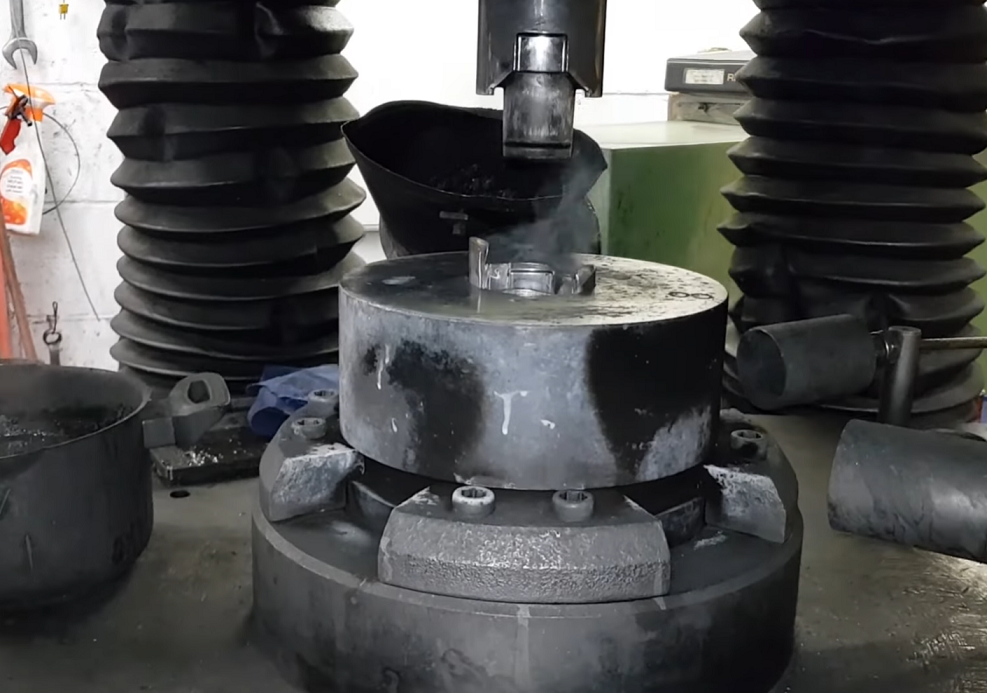
Before forging, the dies are first installed on a forging press, then the heated billets are put on a lower die. The upper die will put pressure on the billet until it filles the cavity of dies completely. This step just take few seconds, so the forging process is actually very fast, and the production efficiency is very high. In this step, the forging process refines the grain structure of the aluminum, which enchances its strength and durability.
4. Trimming
After forging, there exsits flash around the edges of the forged piston blanks. This flash needs to be trimmed off by using a specific trimming die. After trimming, a near net shaped piston is formed.
5. Heat Treatment
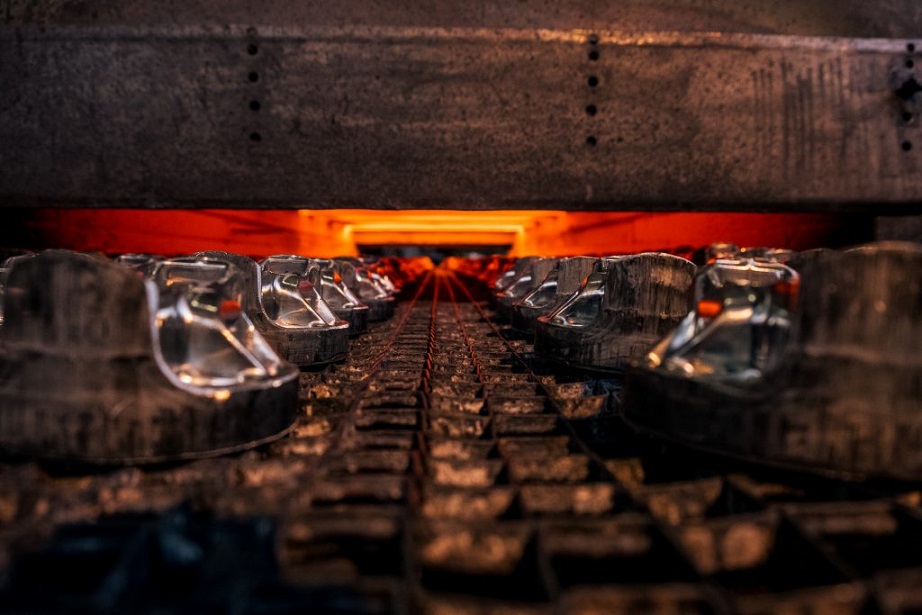
Although forging can help to improve the strength of aluminum piston, but it is not enough for working. So, heat treatment is necessary to further enchance its mechanical properties, especially the strength. A certain quantity of forged pistons are placed together into an heat treatment furnce, then heated to a specific temperature for several hours.
6. Precision Machining
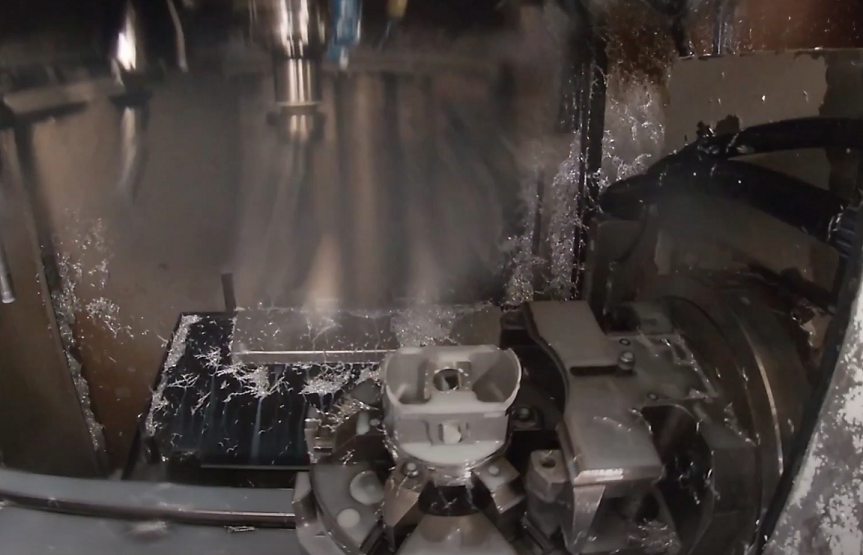
To achieve net shape pistions, they undergo a precsion machining process. After turning, milling, and drilling, the forged pistons can achieve the exact dimensions and surface finish, which exactly meet the specification of the final drawing. To guarantee the quality, each piston should be carefully inspected before delivery.
Forged Aluminum Alloys for Motorcycle Pistons
When it comes to the forging material for aluminum motorcycle pistons, 2618 and 4032 are the two common forged aluminum alloys. Each alloy has its own chemical compositions and distinct mechanical properties. If you are not familar with these two alloys, understanding the differences of 2618 and 4032 aluminum alloys can help you to make a right decision.
| Element | 2618 Aluminum Alloy (%) | 4032 Aluminum Alloy (%) |
| Aluminum (Al) | Balance | Balance |
| Silicon (Si) | 0.15-0.25 | 11.0-13.5 |
| Copper (Cu) | 2.0-2.7 | 0.5-1.3 |
| Magnesium (Mg) | 1.2-1.8 | 0.8-1.3 |
| Nickel (Ni) | 1.0-1.3 | 1.0-2.0 |
| Iron (Fe) | 0.9-1.3 | ≤1.0 |
| Manganese (Mn) | 0.20-0.50 | ≤0.25 |
| Zinc (Zn) | ≤0.10 | ≤0.25 |
| Titanium (Ti) | ≤0.20 | ≤0.15 |
| Others | ≤0.15 (each) | ≤0.05 (each) |
| Total Others | ≤0.50 | ≤0.15 |
2618 Alloy
2618 is a low-silison, high expansion aluminum alloy. It is well suitable for extreme-duty applications like high-boost racing engines. Its ductility allows it to withstand high cylinder pressures and resist explosions, making it suitable for motorsport applications. However, its high thermal expansion requires greater piston-to-cylinder clearance, resulting in potential cold-start noise known as "piston snap." This noise will subside once the engine reaches operating temperature. The alloy's ability to withstand harsh conditions makes it ideal for engines that are subject to huge pressure and temperature swings.
4032 Alloy
Different from 2168 alloy, 4032 is a high-silicon, low-expansion aluminum alloy. The increased silicon content provides excellent wear resistance and allows for tighter piston-to-bore clearances, resulting in quieter operation with less piston noise. This stability helps maintain ring groove integrity and overall life, making it suitable for street applications and moderate engine upgrades. Although 4032 is not as ductile as 2618, 4032's thermal stability and lower expansion rate make it the preferred choice for engines that prioritize longevity and consistent performance under moderate stress conditions.
Benefits of Forged Aluminum Motorcycle Pistons
1. Increased Strength and Durability
After forging, the aluminum motorcycle pistons are stronger and more durable. Compared with cast pistons, the refined grain structure of forged pistons makes them denser and more uniform, resulting in bearing higher stress and thermal loads. The increasing of strength is very important when the forged pistions are for high performance racing engines and under extreme riding conditions.
2. Improved Thermal Conductivity
Aluminum has excellent thermal conductivity, which effectively helps the motorcycle piston to dissipate the heat generated during combustion, reducing the risk of piston overheating and subsequent engine damage. Efficient heat dissipation helps maintain the optimum operating temperature, which is of great significance for maintaining the performance and life of the engine.
3. Weight Reduction
Forged aluminum pistons are generally lighter than forged steel pistons. Due to the low density of aluminum alloy, the use of forged aluminum reduces piston weight greatly, which helps to reduce reciprocating mass, thereby increasing engine efficiency, increasing rev limit, and improving overall throttle response.
4. Enhanced Performance
Increased strength, improved thermal conductivity and reduced weight help to improve the overall performance of forged pistons. This makes them particularly popular in high-performance and racing applications, where every bit of power and reliability makes sense.
Contact CFS Forge for Custom Forged Aluminum Motorcycle Pistons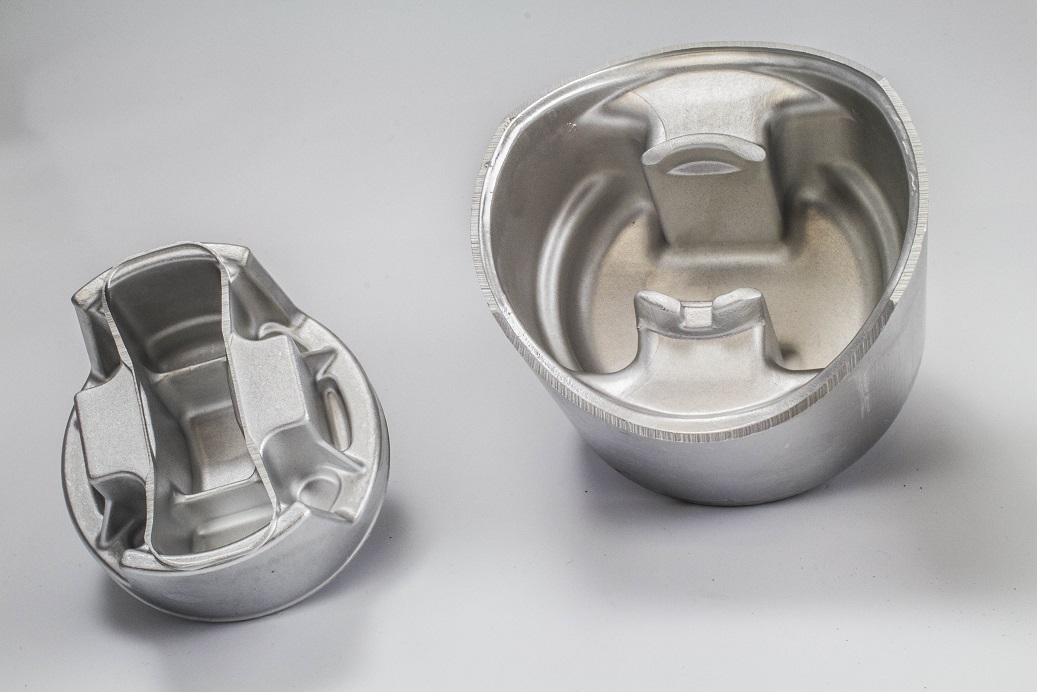
Are you looking for high-performance forged aluminum pistons for your motorcycle? CFS Forge is your reliable drop forging manufacturer for custom solutions that meet the highest standards of quality and durability.
Besides forged aluminum pistons, we can also produce other forged aluminum motorcycle parts as listed below:
- Forged Aluminum Motorcycle Footpeg
- Forged Aluminum Motorcycle Handlebar Riser
- Forged Aluminum Motorcycle Brake Caliper
- Forged Aluminum Motorcycle Wheel Hub
- Forged Aluminum Motorcycle Triple Clamp
- Forged Aluminum Motorcycle Clutch/Brake Lever


 sales@dropforging.net
sales@dropforging.net